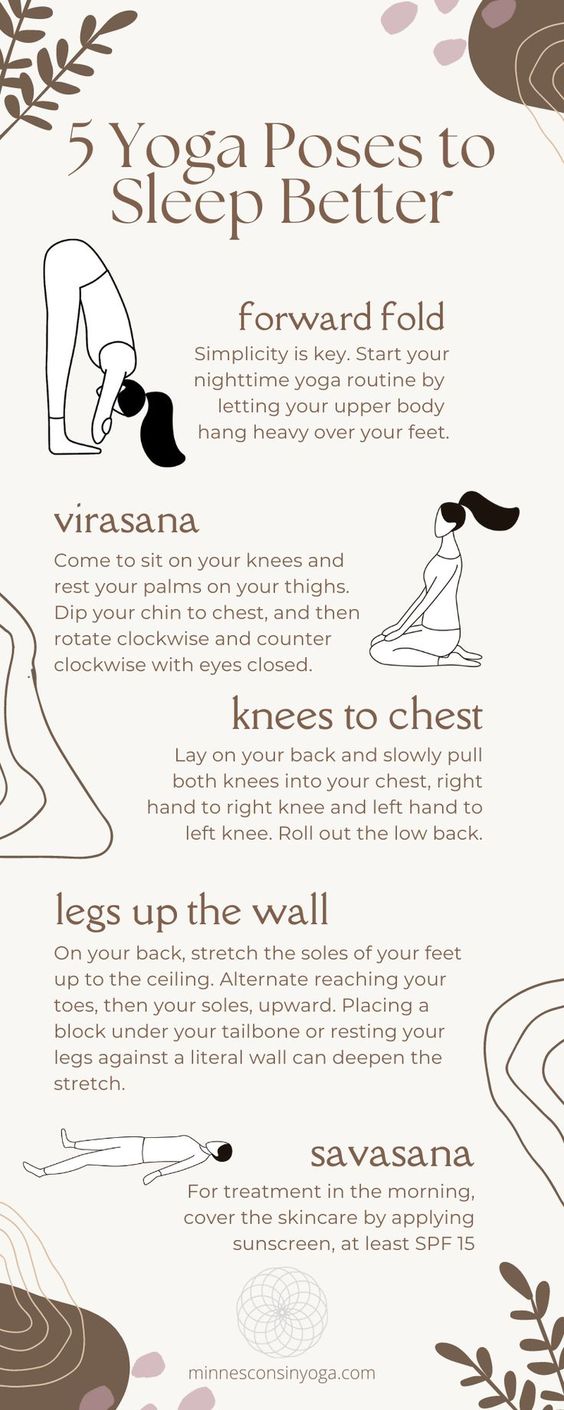Becoming a mother changed a lot of things, chief among them how I sleep.
But it’s probably not in the way you think. Bad sleep is treated as a rite of passage for new parents. It’s something long time parents love to talk about, and everyone has some sort of remedy for it. Unfortunately, most of the remedies are some form of sleep training, which wasn’t exactly the route I wanted to take with my daughter.
As I began to explore alternate options, my idea of what a night of good sleep—for her, and for me—began to evolve.
My daughter hasn’t always been a great sleeper. Anyone who follows me on Instagram has seen me lamenting late nights, frequent wake-ups, and constant recalibrations. We tried several different types of sleep coaches. Looked into night nurses. Different crib mattresses, bunting, and on and on. We integrated different ideas into her bedtime and sleep routine. I was struck by how many of these things would benefit me as well.
And, maybe to no one’s surprise but my own, when I started to take more care of my own sleep, my daughter’s sleep improved as well.
View this post on Instagram
Honoring Your Inner Child
While it took having a literal child to really uncover my inner child, it’s surprisingly obvious how others are influenced by their own inner child. We often bear witness to adults engaging in childlike behaviors—becoming disproportionally upset over something others see as small, shouting, stomping, refusing to share or listen—proving that in many people, the inner child is a bear that’s eager to dominate our better senses.
Ignoring the bear—or indulging the bear, especially after it’s poked—are equally detrimental to our development. The inner child is emblematic of a long-buried inner conflict. It can be necessary to remind both our current and past selves that we’re more than that. Learning to forgive, accept, and even play with our inner child is key to developing into a mature adult.
Sounds like sound parenting advice for literal children, right?
In my own experience, my quest to have a good sleeper wasn’t reflected in my own life. Taking a step back, looking at what I needed to address with my own inner child, eventually led to me being able to help my own child conquer her sleep demons.
The Good Sleep Recipe
1. Put down the electronics.
There’s so much science around why this is necessary. For kids, the blue light combined with bright colors activates their brain instead of calming it. And for adults, it’s the same thing, but add to it the effects of social media and doomscrolling, and the effects multiply.
Try to put the devices down at least an hour before bedtime.
2. Try a few restorative yoga postures.
Check out the full list here or in the graphic below, but doing this simple sequence every night with my two-year-old calms her mind and refocuses her energy. I recommend holding each posture for at least 30 seconds, or up to a couple minutes, with up to 10 minutes in legs up the wall. We typically read a story or two in legs up the wall.

3. Drop your chin.
According to Judith Lasater, dropping the chin is an easy way to stimulate serotonin in the body. It’s a common cue in many restorative yoga practices, and when you feel your nighttime insomnia approaching, try dropping your chin and taking a few calculated breaths in.
4. Load up on comfort in your jammies and bedding.
Prior to having a child, I didn’t really think too much about actual pajamas. I slept in old shirts, sweatpants, and on top of sheets that were probably a decade-old off the clearance end cap at Target. But after focusing so much on my daughter’s sleep environment, I started to care more about my own.
Investing in soft pillows that kept their shape, bedding that was soft and not scratchy, these are relatively affordable luxuries that I guarantee will help you not only sleep better, but look forward to going to bed. In addition to bedding, pajamas that are designated sleep garments also help put your brain in the right mode for sleep.
5. Self soothe with BACR.
Self-soothing is a concept that new parents hear about constantly. We’re constantly told that our babies need to self-soothe, whether it’s via a pacifier, sleep training, or some other new method. Fact is, though, that babies don’t really like to self-soothe, and guess what? Neither to kids, teenagers, or grown adults.
The ability to self-soothe is a practice that’s challenging even for adults. The Holistic Psychologist recommends a BACR strategy to help soothe yourself:
>> Breathe: take a deep breath.
>> Allow: allow what you’re feeling to fill you up for a moment or two, without gaslighting yourself or doing any comparative suffering.
>> Calm: go within your body and find one way to release the emotional energy—for me, planting my palms flat on the bed is grounding and helpful, or reaching for my spouse. For others, it might be controlled breathing, crying, sitting up for a moment, consciously opening and closing your eyes, etc.
>> Release: allow the experience to pass without getting caught up in ego stories or ruminating thoughts.
On a soft cloud, it’s easy to fly.
Finding what’s keeping you from good sleep is a process. While these things help me find consistently restful nights, it’s not the same for everyone. But consider this: we spend between 25 percent to 35 percent of our life asleep.
Don’t you deserve to find your maximum level of ease for that amount of time?
~












Read 8 comments and reply